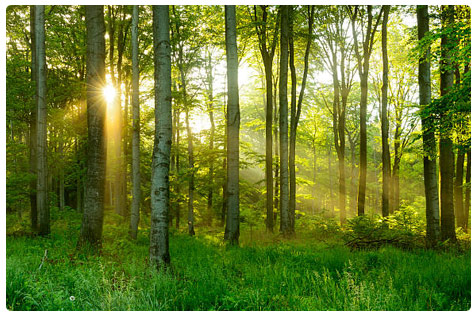Limitations
Remote sensing data has certain inherent limitations that affect the accuracy of the forest cover Mapping. Some of which are mentioned below:
| Since the resolution of the LISS-III sensor data is 23.5 m, land cover having a geometric dimension on the ground less than 23.5 m is not discernible. | |
| Considerable ground details may sometimes be obscured due to clouds and shadown. Such areas can be classified to a certain extent with the help of collateral data and image processing techniques. | |
| Non-availability of appropriate season data sometimes leads to misinterpretation of the features owing to poor reflectance of data. | |
| Occurrence of weeds like lantana in forest areas and agricultural crops like sugarcane, cotton, etc. adjacent to forest area cause mixing of the spectral signatures and often make precise forest cover delineation difficult.. | |
| Young plantaions and tree species with less chlorophyll or poor foliage, many a times are not discernable on satellite images due to low leaf index and transmittance. | |
| Where heterogeneity in tree species composition is high, generalized classification may affect the accuracy level. | |
| Recorded forest areas cannot be delineated if their boundaries are unavailable. | |
| Species composition is not identifiable with the images (of above mentioned resolution) used. |



